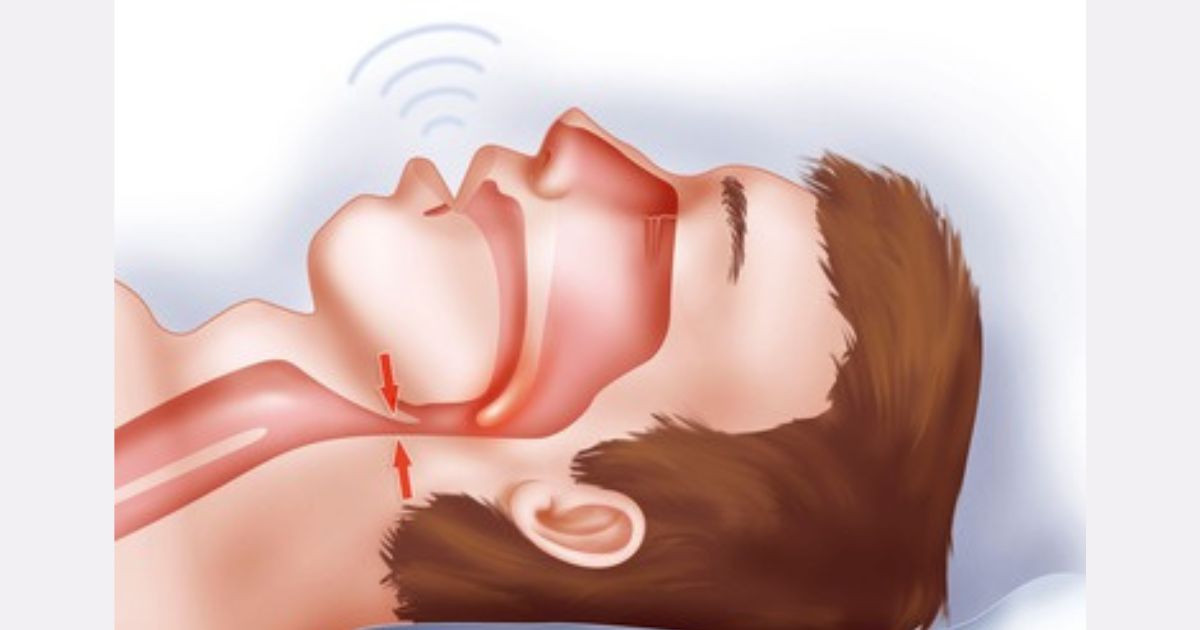Stress can affect our lives in many ways, from our mental health to our relationships, but it can also lead to physical symptoms such as ‘cortisol belly’. Cortisol belly, named after the stress hormone, has been widely discussed on social platforms such as TikTok, with users and experts explaining how it occurs, and theorizing what could be done about it.
While you may not have heard of the term ‘cortisol belly’ before, you might have heard of stubborn belly fat or stress belly, which are essentially the same thing. This is because it refers to the accumulation of visceral adipose tissue around the stomach, which has been linked to prolonged exposure to elevated levels of the stress hormone, cortisol.
What Is Cortisol Belly?
According to dietitian Rimas Geiga, “Cortisol, released by the adrenal glands in response to stress, plays a pivotal role in regulating various physiological processes, including metabolism and fat storage.”
He continued, “Research has consistently shown a correlation between chronic stress, elevated cortisol levels, and abdominal adiposity. Thus, while not formally recognized as a clinical entity, the concept of cortisol belly holds significant merit within the realms of endocrinology and metabolic health.”
Now you know what cortisol belly is, what exactly can cause it? Geiga says that its cause is multifaceted and can stem from physiological, psychological, and behavioral factors. “Chronic stress, whether stemming from work, relationships, financial pressures, or other sources, triggers the sustained release of cortisol, which, in turn, stimulates the storage of fat, particularly in the abdominal area,” Geiga explains.
“Furthermore, stress-induced alterations in appetite regulation and food choice often lead to the consumption of calorically dense, nutrient-poor foods, exacerbating weight gain and visceral adiposity.”
As for the main signs, Geiga says these can be both physical and psychological and include increased waist circumference, abdominal distension, heightened anxiety, irritability, and emotional eating patterns.
Excess visceral fat is a major concern of long-term cortisol belly, as this is the type of fat that wraps itself around internal organs and can play a role in diseases such as insulin resistance, dyslipidemia, inflammation, metabolic syndrome, and type 2 diabetes.
“Visceral adiposity is intricately linked to heightened cardiovascular risk, including hypertension, atherosclerosis, and coronary artery disease,” Geiga says.
The good news is that it is possible to reduce or get rid of your cortisol belly through targeted interventions. Geiga says stress management is key, which can include cognitive-behavioral therapy (CBT) along with relaxation and mindfulness techniques. “Cultivating a supportive social network, engaging in regular physical activity, and prioritizing adequate sleep are integral components of stress resilience and metabolic health,” Geiga explains.
“Dietary modifications, emphasizing whole, nutrient-dense foods and balanced macronutrient distribution, can attenuate cortisol-induced cravings and promote satiety. Tailored exercise regimens, incorporating both aerobic and resistance training modalities, have been shown to specifically target visceral adiposity and improve metabolic parameters.”
Ultimately, a comprehensive approach addressing the root causes of cortisol belly, coupled with sustained lifestyle modifications and professional guidance, holds promise in achieving sustainable, long-term abdominal fat loss and optimizing overall health outcomes.








Leave a Reply
You must be logged in to post a comment.